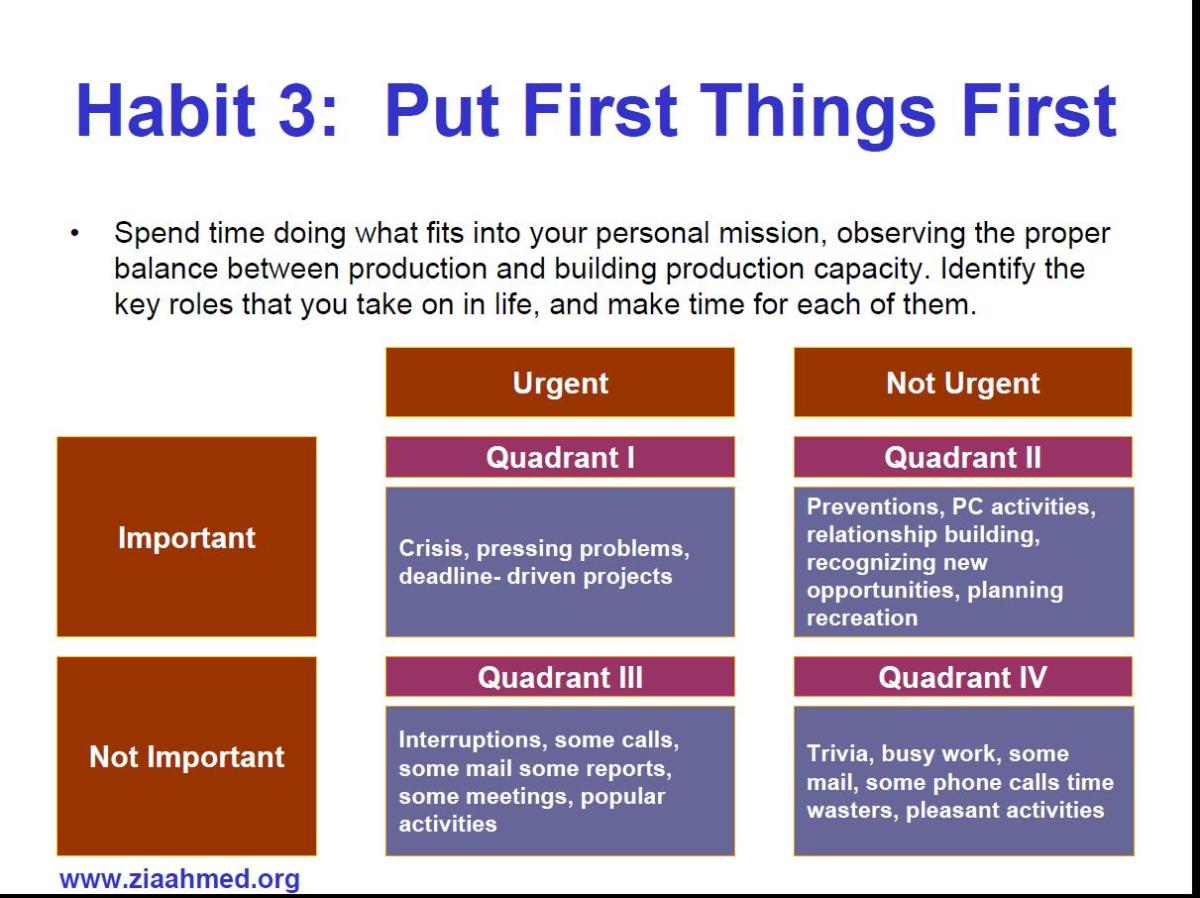Project Selection Criteria
Project Selection: financial models Vs nonfinancial models
Larson and Gray (2011) suggest that project selection must align with the strategic goals of the organization, and it must help sustain the company’s core competencies. However, what tools can a manager use to make the best choices among projects?
In order to select a viable project, organizations use financial and nonfinancial models. The financial criteria model includes the payback model and the net present value model. The nonfinancial criteria model includes the checklist model and the multi-weighted scoring model.
Generally, organizations rely on the financial criteria to select a project. If a project can resolve a company’s customer service issues and provides the firm a financial growth then the projects are selected; otherwise they are rejected. Larson and Gray (2011) argue that financial measures are appropriate when there is high level of confidence associated with estimates of future cash flows (p. 37). The financial criteria models include the payback model and the net present value model. The payback model measures the time it will take to recover the project investment (Larson & Gray, 2011, p. 37). Larson and Gray (2011) explain that managers prefer shorter paybacks over longer paybacks because it reduces financial risks. The major limitation of this model is that it ignores the time value of money and profitability. The net present value uses the desired rate of return to compute the present value of all net cash inflows. If the cash flows are positive then the projects are accepted; otherwise they are rejected. The NPV model is more realistic because it considers the time value of money and profitability (Larson & Gray, 2011, p. 38).
Larson and Gray (2011) argue that financial returns are important for a project; however, returns should not be the sole criteria for a project selection process, a firm’s core competencies and long term performance matters as well. In order to determine projects that complement a firm’s core competencies and long term performance, Larson and Gray (2011) suggest that a firm should utilize nonfinancial models. The nonfinancial criteria model includes the checklist model and the multi-weighted scoring model. The checklist model uses a list of questions to review potential projects and determine their acceptance or rejection. One benefit of the checklist model is that it allows flexibility in selecting among many different types of projects and it is easily used across different divisions and locations (Larson & Gray, 2011, p. 39). However, one of the major shortfalls of the checklist model is that it is not transparent and it fails to allow comparisons with other potential projects. Another shortfall of the checklist model is that it encourages politics and favoritism, which can severely affect a company decision to choose a potential project. To overcome these shortcomings, Larson and Gray (2011) suggest that a firm should utilize a multi-weighted scoring model to select projects (p. 40). Under the multi-weighted scoring model, based on the importance to the project being evaluated, each selection criterion is assigned a weight and score, and then the weights and scores are multiplied to get a total weighted score of the project. By using these multiple screening criteria, projects can be compared using the weighted score and projects with higher scores are considered better (Larson & Gray, 2011, p. 40).
The benefit of using a multi-weighted scoring model is that it makes the project selection process transparent and reduces power plays in the organization. One of the shortfall of this process is that it is too numerical, which increases the chance of human errors. If weights and scores are not applied correctly, management may rank projects incorrectly and miss out on available opportunities.
Reference
Larson, E. W., & Gray, C. F. (2011). Project management: The managerial process (5th ed.). New York, NY: McGraw-Hill Irwin
.



